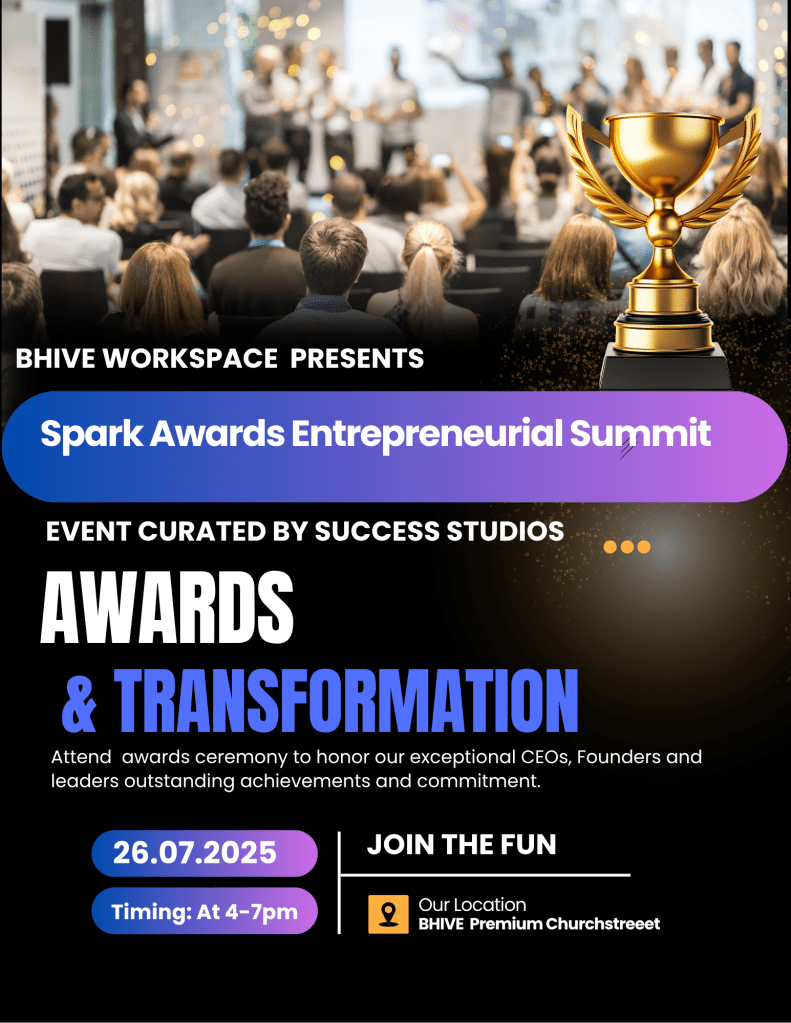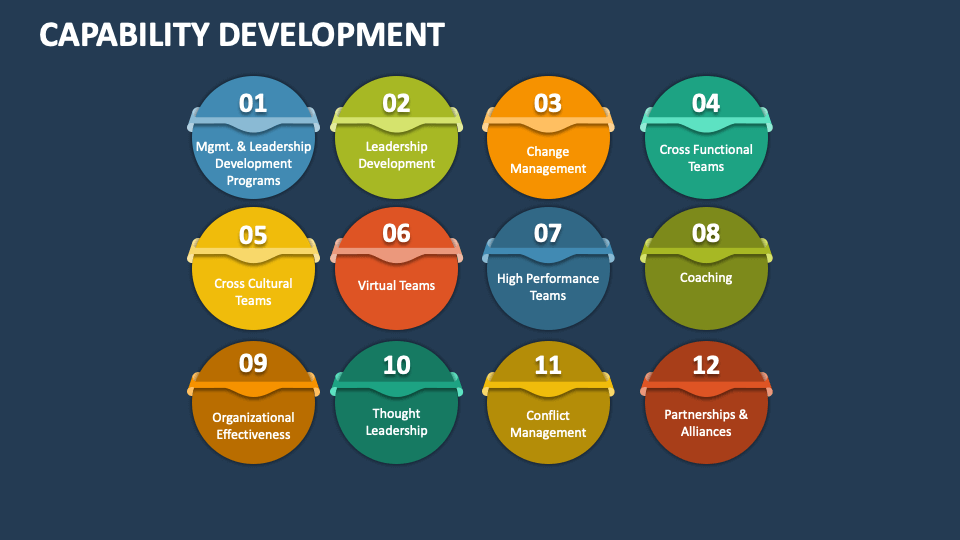Simple lessons of life

Designing a Life of Peace, Prosperity, Productivity, and Profits. While thinking of 2026 resolutions the first though that struck me was how 2025 has given me so many life lessons, as I was connecting every episode of life!! In introspection of 2025, one truth stands out clearly: success without peace is unsustainable. Less is more thus dropping things that don’t serve our life journey is critical for clarity, focus and simplicity.
Last year didn’t just test our skills or strategies—it tested our energy, values, resilience, and priorities. Many achieved milestones, yet felt exhausted. Others slowed down, recalibrated, and quietly built foundations that will last far beyond a single year.
2026 demands a new way of thinking—one where life, peace, prosperity, productivity, and profits are not competing goals, but integrated outcomes.
Here are my 10 lessons from 2025 and the rules I’m carrying into 2026.
10 Lessons from 2025
Lesson : 1 Life is designed not scheduled
2025 revealed that busyness is often a disguise for lack of clarity. The most fulfilled people weren’t constantly occupied—they were intentional about where their time and energy went.
Lesson: 2 Peace is a prerequisite for performance
No amount of ambition can compensate for chronic mental noise. Stress impacts decision-making, relationships, and health more than any external challenge. Inner calm isn’t a luxury—it’s infrastructure.
Lesson: 3. Productivity comes from focus, not fatigue
Long hours did not equal better outcomes. Clear priorities, deep work, and rest-driven focus delivered superior results. Exhaustion is not evidence of effectiveness.
Lesson: 4. Prosperity follows value, not hustle
2025 made it clear that income grows where trust, credibility, and meaningful contribution exist—not where effort alone is high. Wealth is attracted to value creation, not constant motion.
Lesson: 5. Sustainable profits depend on people systems
Organizations that invested in wellbeing, skills, and alignment outperformed those chasing numbers alone. Profits rise when people are supported—not squeezed.
Lesson: 6. Saying no is a strategic skill
Every “yes” carried an invisible cost. Those who protected their boundaries preserved their peace and performance. Boundaries are not barriers to success; they are enablers of it.
Lesson: 7. Health quietly became the biggest differentiator
Energy levels, immunity, and mental resilience shaped consistency more than talent ever did. Health is not separate from success—it determines it.
Lesson: 8. Alignment mattered more than speed
Fast decisions without alignment led to rework, conflict, and regret. Slower, values-aligned choices endured. Speed without direction creates drift.
Lesson:9. Relationships outperformed credentials
Trust, emotional intelligence, and collaboration opened doors that resumes could not. Long-term success is relational, not transactional.
Lesson: 10 Purpose sustained momentum when motivation faded
When external rewards lost their shine, purpose kept people grounded and moving forward. Purpose is the most reliable source of energy.
Rules for 2026
2026 is not about doing more. It’s about doing what matters—better, calmer, and cleaner.
Rule 1: Protect peace like a business asset
Mental calm improves judgment, creativity, and leadership presence. Guard it intentionally. Anything that disrupts peace needs to be dropped out of life. Very often we compromise too much on our peace for leverage. Leverage is not sustainable when beliefs and values are not aligned, which eventually impacts peace, that boomerangs into a downward spiral. Thus we need to evaluate our peace disruptors vs value they bring and take a call while we breath!!
Rule 2: Design life before chasing goals
Structure days, weeks, and years to support health, relationships, and reflection—not just outcomes. Designing life that we want is in our control, while goals involve multiple aspects out of our control. Thus before chasing something its better to understand if it fits into our life design!!!
Rule 3: Measure productivity by impact, not hours
Outcomes matter. Time spent is a poor metric for value delivered. Everything that involves intellectual property or thinking based working is about creativity, innovation and long term impact.
Rule 4: Build systems before scaling effort
Systems reduce burnout and enable sustainable growth—personally and professionally.
Rule 5: Invest daily in learning and thinking time
The future rewards those who pause to think, not just act.
Rule 6: Align prosperity with purpose
Money earned without values creates inner conflict. Wealth aligned with purpose creates freedom.
Rule 7: Grow profits without shrinking peace
If success costs health, relationships, or integrity—it’s too expensive.
Rule 8: Say no faster, yes deeper
Selective commitment leads to meaningful excellence.
Rule 9: Choose environments that raise standards, not stress
People and cultures shape outcomes more than strategies do.
Rule 10: Define success holistically
Let success include: Calm mornings, focused work, longterm value creation for stakeholders, healthy relationships, time to breathe and reflect
Closing Thought
2025 taught us that life, peace, prosperity, productivity, and profits are deeply interconnected. Neglect one—and the others eventually suffer.
2026 is an invitation to design success that is: Profitable and peaceful, Productive and humane, Ambitious and aligned!
The real question isn’t “How much can I achieve?”
It’s “What kind of life do I want my success to support?”
Do share your thoughts on whats your lessons from 2025 and rules for game of life in this new year!!!








